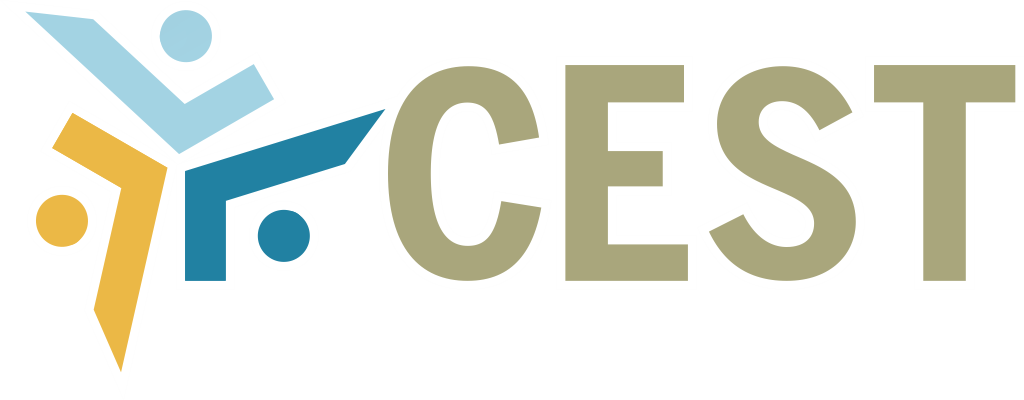– August 15, 2018 –
Dr. Joyce Martins Mendes has a Ph.D. in Electrical Engineering from the Polytechnic School (USP) in the area of Software Usability, Human Factors, and Quality Engineering. We interviewed Dr. Mendes in August 2018 on human factors in product development and choice.

What are the human factors that most impact product development and choice?
As early as 1880 Willian Morris said, “Do not have anything at home that you do not think is useful or beautiful.”
So responding to the question, the factors to be considered in the development and choice of a product are motivation, personality, perception, aesthetics, practicality, usability, beauty and especially emotion.
External factors also influence such as cultural, social and economic factors. How many times we buy a product just because of the emotion of the moment. For example, when we travel abroad for the first time, we buy those souvenirs, like the Eiffel Tower, when we go to Paris. They symbolize a moment of intense joy and will bring memories as we look at them. They have a meaning because they are part of our history.
Then we ask, how much does such a memory cost? One euro? See that the value is not high, but the memories they bring are tied directly to the emotional, thus making the emotional value stronger than any other factor.
Does attractiveness (design aspect) make a product more user -friendly?
Undoubtedly, for this we must consider three factors:
- Visceral – it is deeply related to appearance.
- Behavioral as it gives pleasure and efficiency in use.
- Reflective, where intellectualization and rationalization work.
We can then say that the visceral is tied to our irrational, “animal” and “hot” side. The reflective is human, cold and logical. But the behavioral is in the middle, trying to balance these two sides, that is, the rational and the irrational.
Let´s give an example: who never bought a product without thinking, just because it looked beautiful and charming? Days or months later you look at the object and ask why did I buy it? What is the use of it? How many women do not have in their wardrobe some piece still with the label? Why does it happen? Because we let ourselves be guided by the irrational. At the time of the purchase, we do not think whether it will be useful. Then comes the regret, the rational side, and we see that it was unnecessary to buy that.
So what can we conclude from this? Designers act precisely in this irrational aspect so that the product becomes attractive to the point of one buying without thinking. Emotion alters the way we think, our behavior and feeling. And I add more, all these factors can act even subconsciously because it is a biochemical act.
What care should a technology developer take to make the product better accepted by the market?
The secret of success is to work with the emotional. Beautiful things work better. In the ’90s, two Japanese researchers Masaaki Kurosu and Kaori Kashimura made an experiment with ATM panels. The intention was to test users to see their acceptance: one panel with an attractive layout, and the other less attractive. The answers were that attractive machines were easier to use. You can see that the functionality was the same for both, what changed was only the appearance.
According to Norman, emeritus professor of cognitive science, “Emotions change the way the human mind solves problems – the emotional system changes the way the cognitive system operates.”
We conclude, therefore, that objects provoke emotion, beginning with vision, which when connecting to the brain reaches the emotional system, and then we make decisions, judgments, and choices.
Research shows that the cognitive property of any product depends first and foremost on visual appearance since 80% of the information people acquire is attracted to the visual channels. Therefore, it is clear the ’emotional appeal’ used by Marketing companies to win the public.
Social-economic factors interfere or not in the choice of technological products?
No doubt they interfere. Researchers point out that the behavior of class C is matching those of classes A and B. In other words, they are consumers who are becoming more demanding, searching for quality and durable products. We also see that class C has been more resistant to promotions, preferring to use installment payment on the card.
What practical examples can you give of human factors impacting in the technology, in general?
Let´s see the Mini Cooper BMW. The price of the car is not accessible to everyone. It is a car whose aerodynamic attributes are poor. It does not reach high speed; there is not enough space for luggage, and the inside is small. However, it is a vehicle that only by looking at it people are enchanted and satisfied. People find the car cute.
Note, therefore, that the “negative” factors pointed out disappear and the “beauty” of the vehicle makes the purchase inevitable.
 English
English Português
Português
